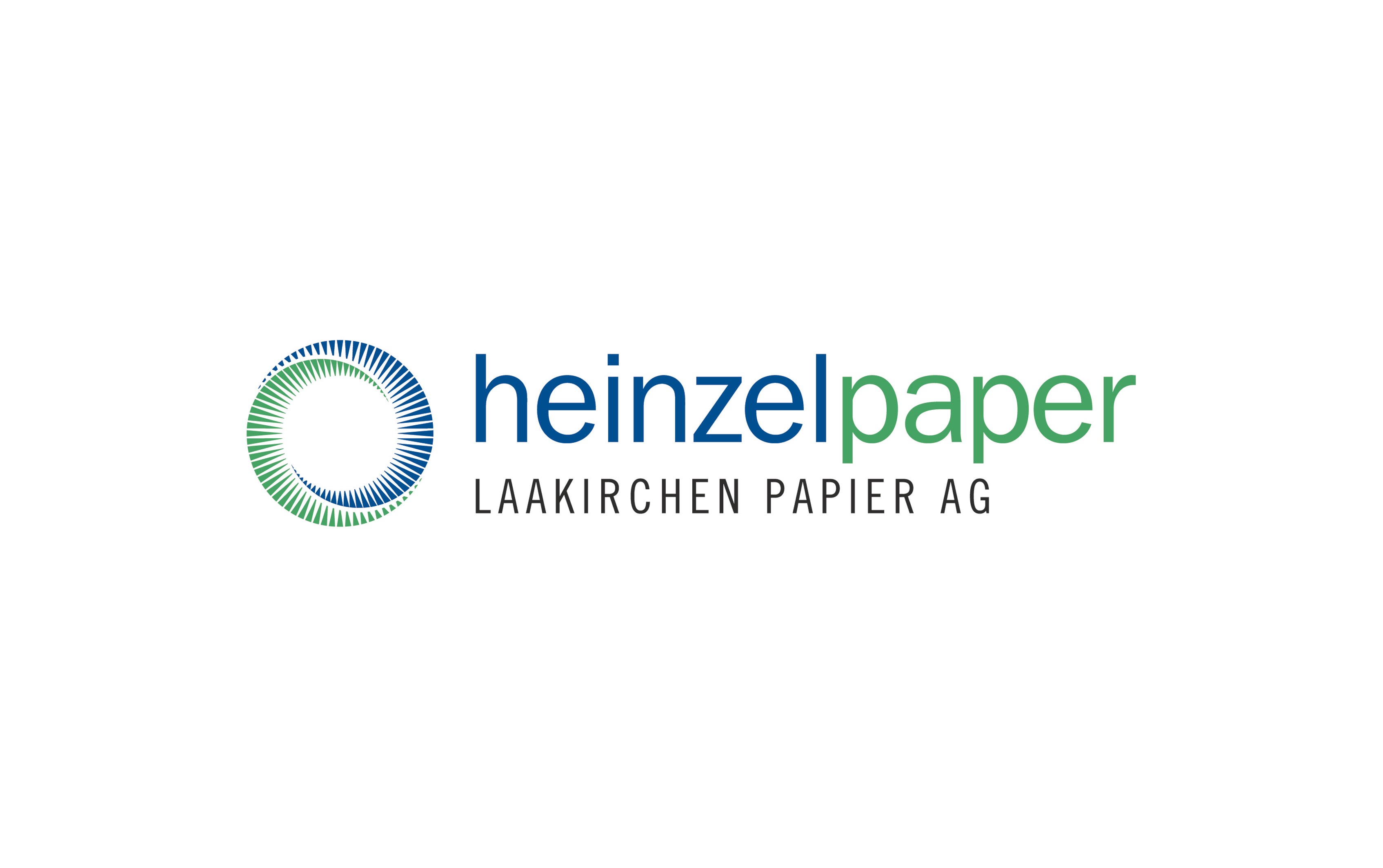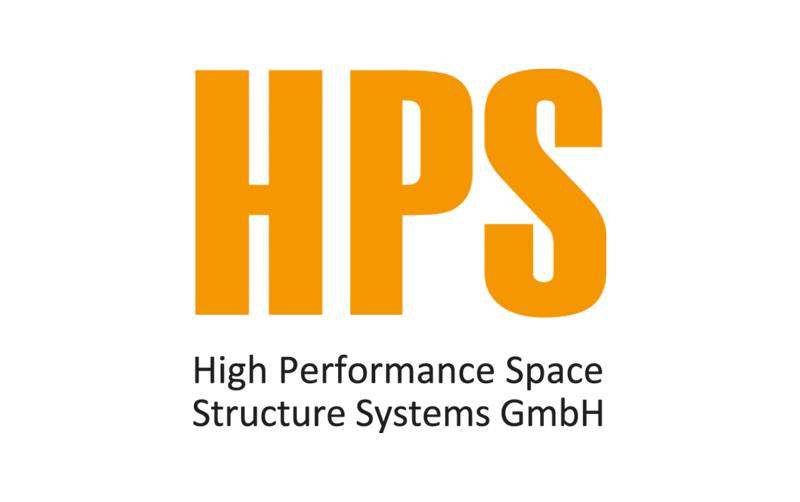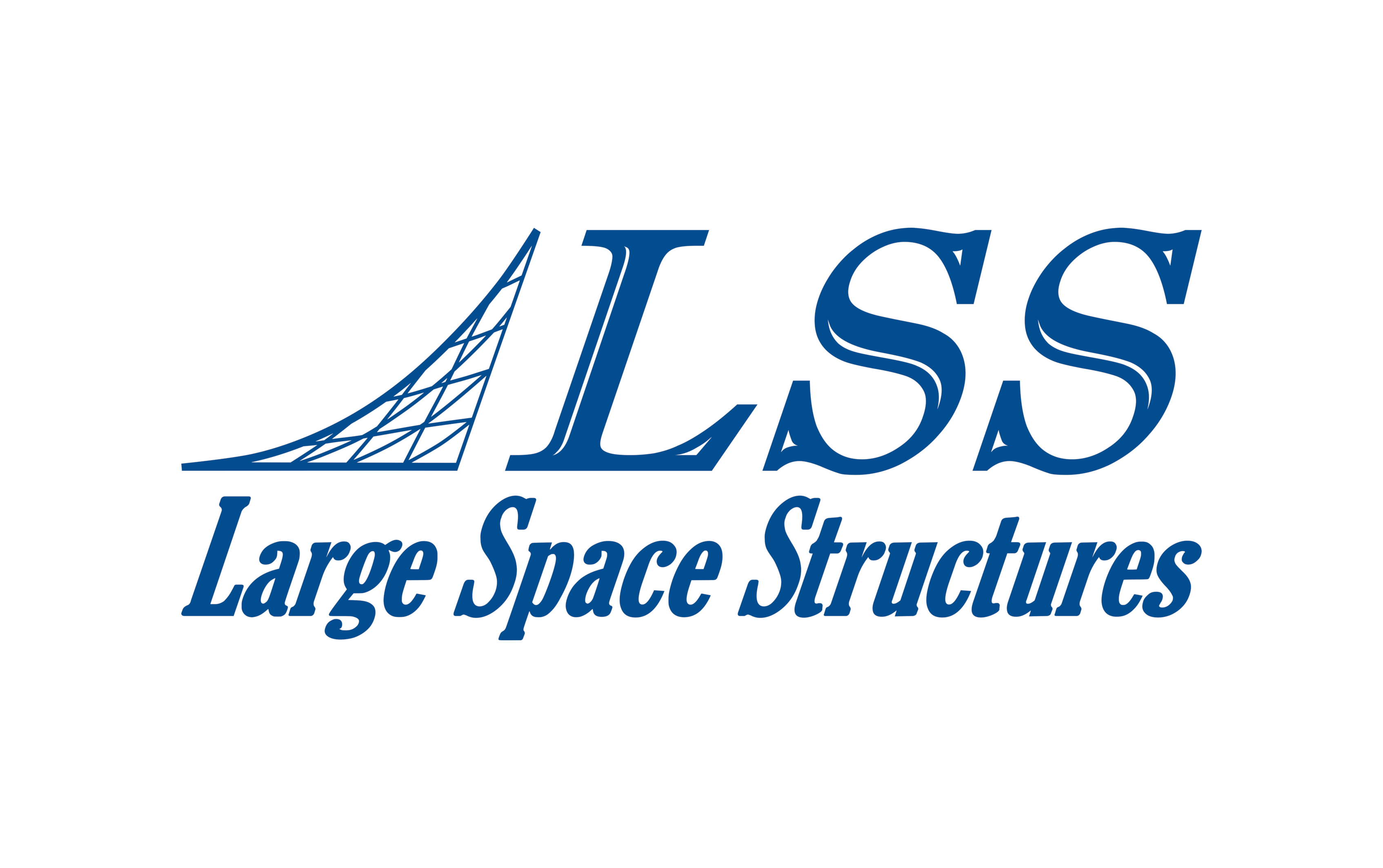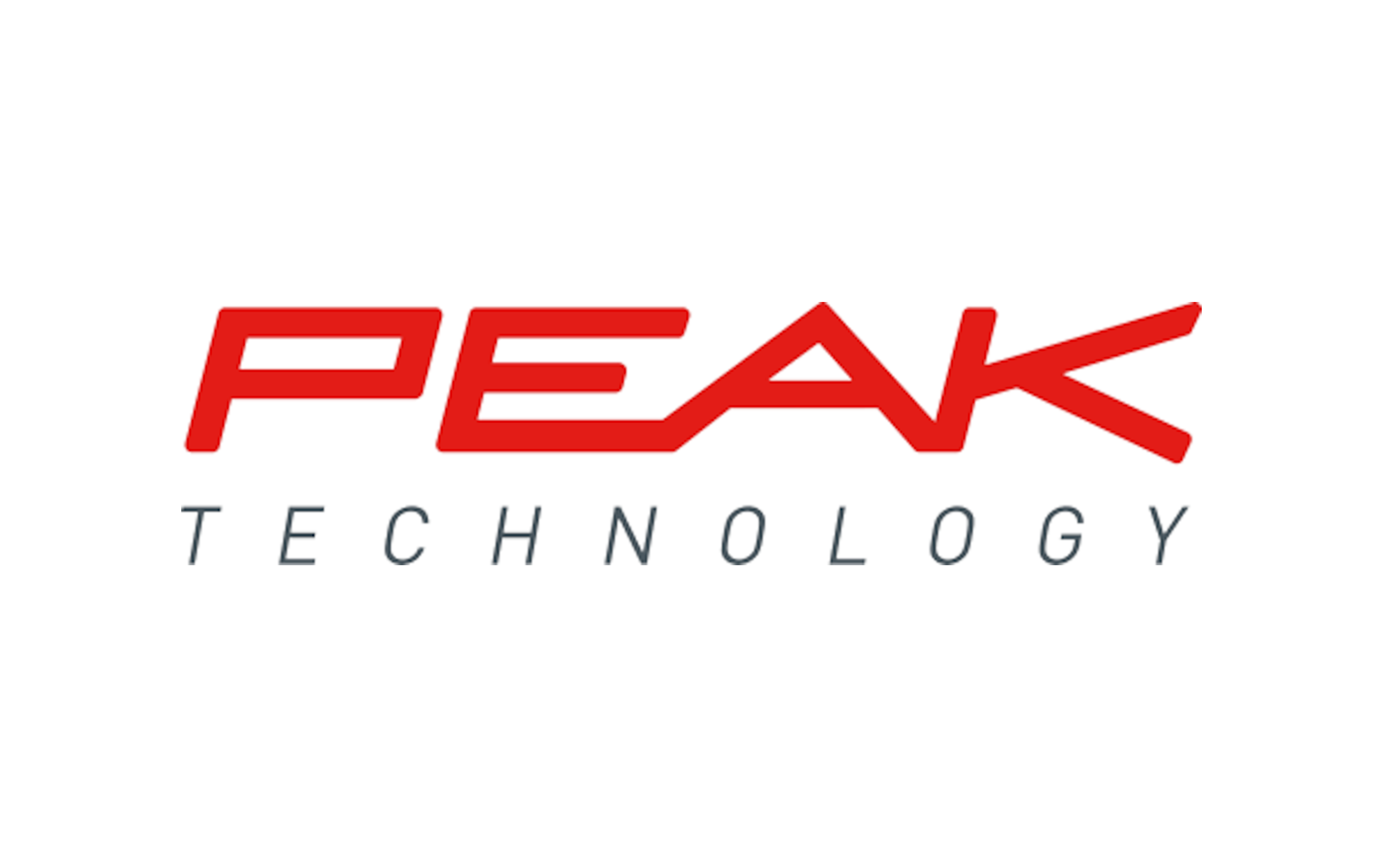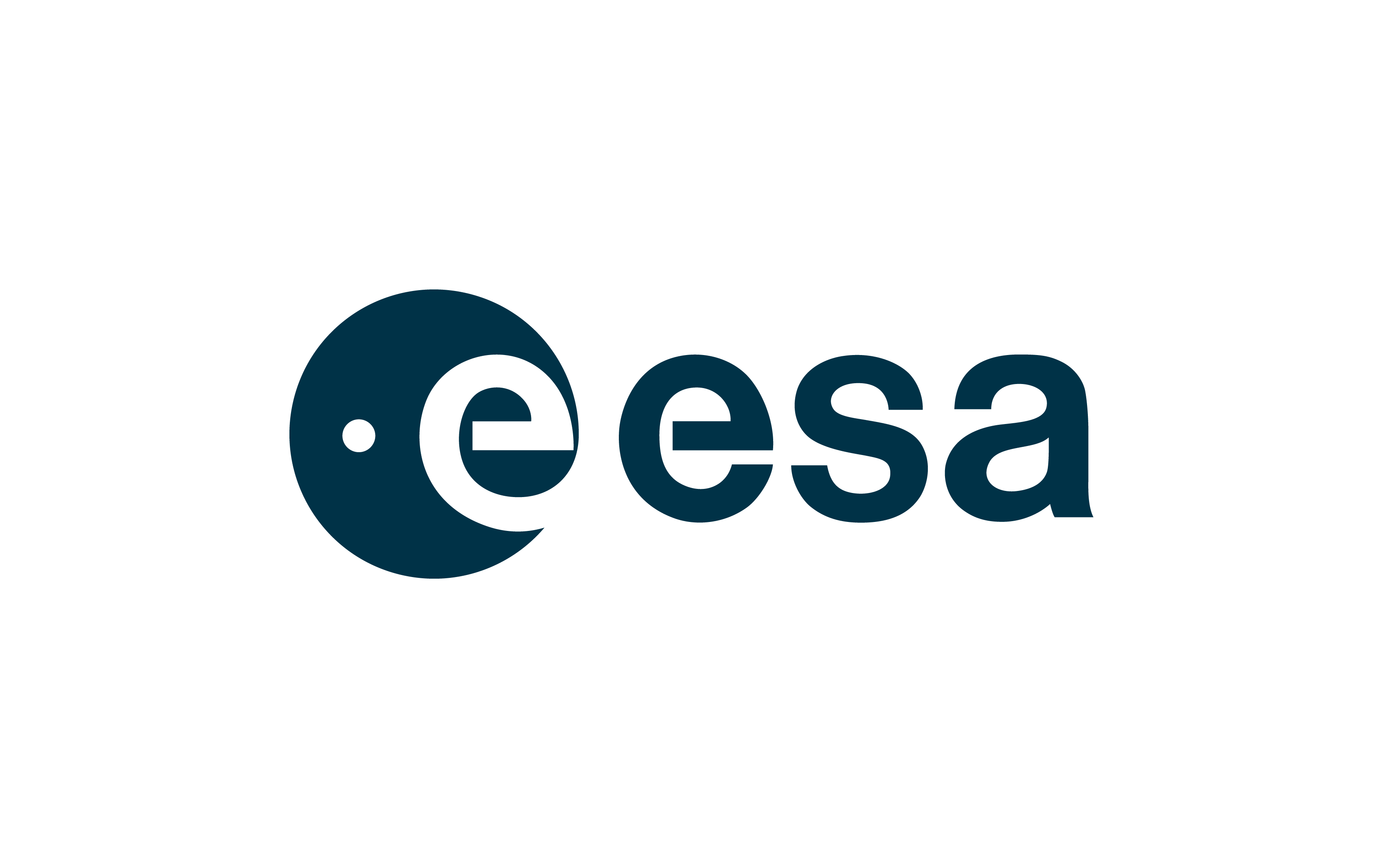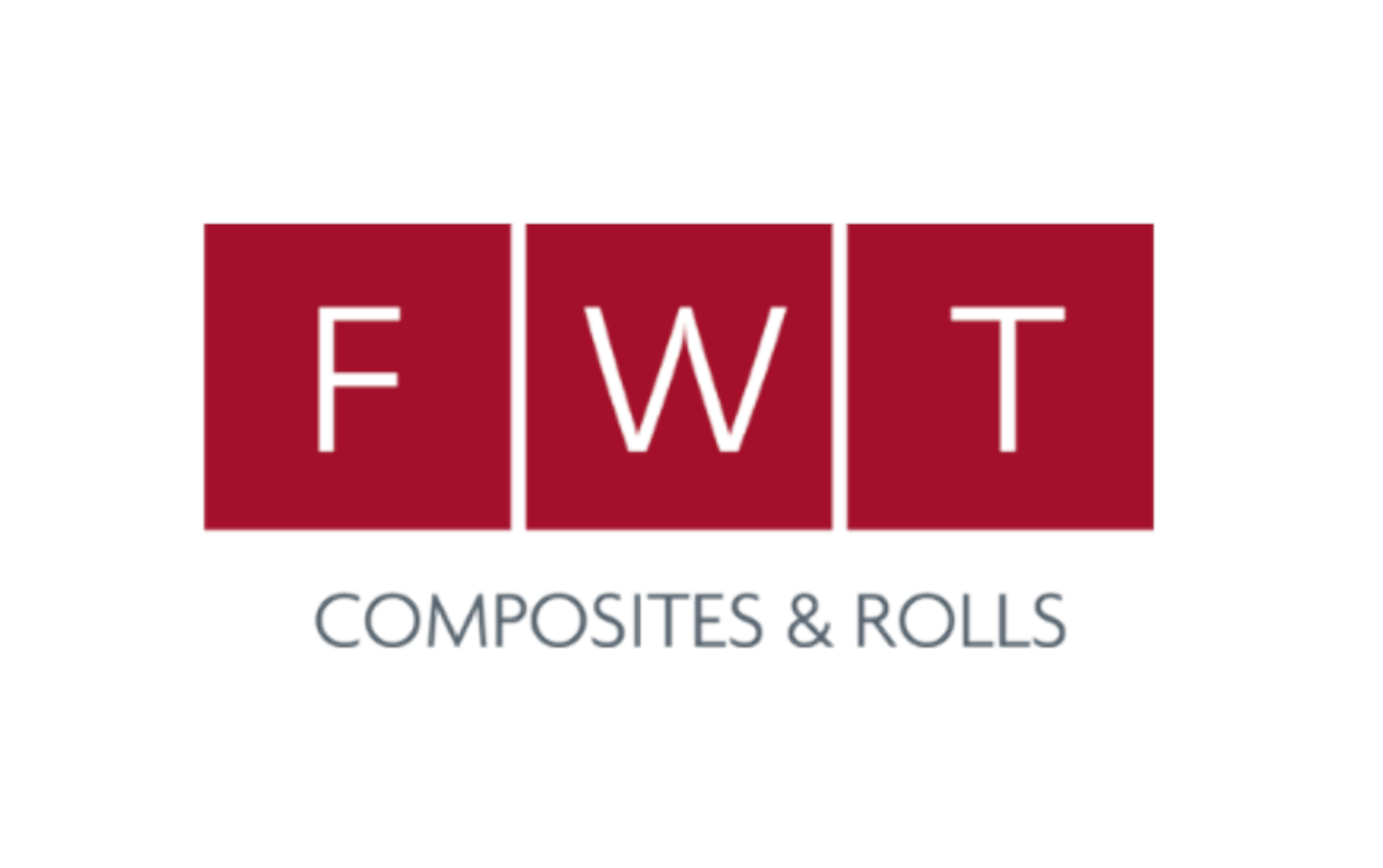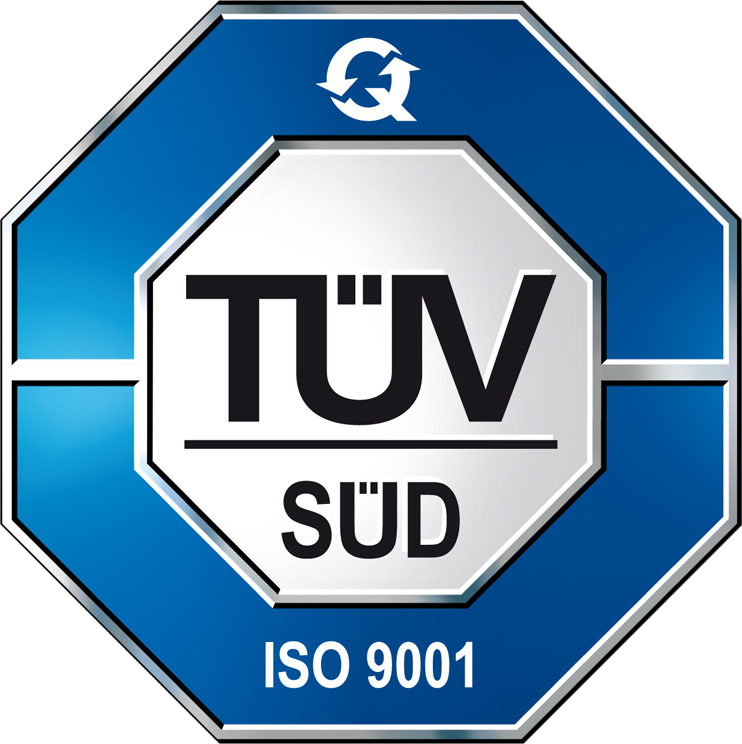CONSULTING
TESTING
DEVELOPMENT
RESEARCH
Material Testing and Component Testing: A Comprehensive Guide for Businesses
What is Material and Component Testing?
Material testing and component testing encompass a wide range of test methods aimed at determining the properties, quality, and performance of materials. These tests are essential for the development and manufacturing of safe and durable products across various industries. From the automotive sector to aerospace and construction, the quality and durability of materials must always meet high standards. Defective or substandard materials can lead to significant costs and serious safety risks.
In this article, we will explore the key methods of material testing in detail and explain how these processes help companies optimize their quality assurance.
Mechanical Testing: Understanding the Physical Properties of Materials
Mechanical testing is one of the most important methods in material testing, as it determines the physical properties of a material. These tests provide insights into the strength, elasticity, and load-bearing capacity of a material, which are crucial for the design and construction of components and parts.
Tensile Testing
Tensile testing is one of the most commonly used methods to determine the tensile strength and elongation of a material. A sample is subjected to increasing tensile force until it eventually breaks. This test reveals how much load a material can withstand before it fractures, which is especially important for materials used in load-bearing structures.
Bending and Compression Tests
Bending and compression tests assess the resistance of materials to pressure or bending forces. These tests are crucial for the design of components subjected to high mechanical stresses, such as structural beams in buildings or parts in vehicles.
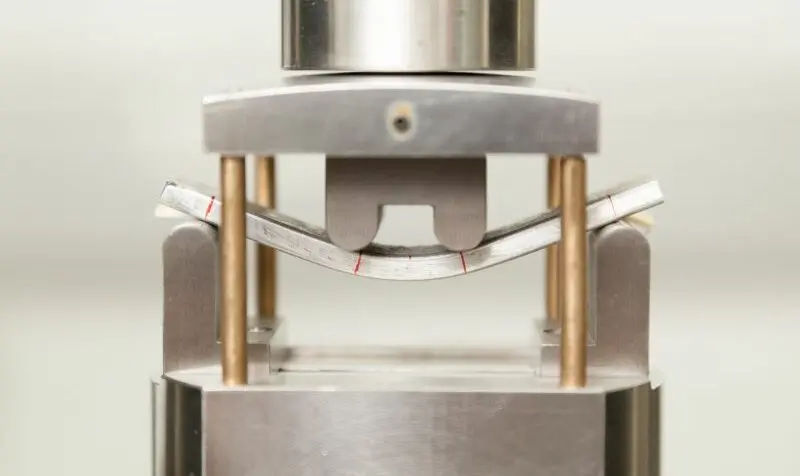
Hardness Testing
Hardness testing measures a material's resistance to indentation. These tests provide valuable information about a material’s wear resistance and help in selecting materials for high-stress surfaces, such as tools or machine components.
Temperature-Dependent Mechanical Tests
An important aspect of mechanical testing is the ability to conduct these tests under extreme temperature conditions. Tests can be performed in a range from -270°C to +600°C, which is crucial for specific applications such as aerospace, cryogenics, or power generation. Materials used in such environments must retain their mechanical properties even under extreme conditions.
Non-Destructive Testing (NDT): Quality Control Without Damaging the Material
Non-destructive testing (NDT) offers a broad range of methods for examining material properties without causing damage. This is particularly important when testing finished components that will be reused later.
Ultrasonic Testing
Ultrasonic testing is one of the most commonly used non-destructive testing methods. High-frequency sound waves are sent into the material, allowing irregularities such as cracks, inclusions, or voids within the material to be detected. This method is especially useful for testing metals, plastics, and composites.
X-Ray Testing
X-ray testing uses X-rays to examine the internal structure of a material. This method is particularly suited to detecting deep-seated defects or inconsistencies that are not visible to the naked eye. X-ray testing is commonly used in the aerospace and automotive industries.
Magnetic Particle Testing
Magnetic particle testing is used to detect surface and near-surface defects in ferromagnetic materials. This method is particularly effective for detecting cracks in welds or castings.
Non-destructive testing plays a crucial role in ensuring the quality and safety of components without damaging them. It helps to identify potential weaknesses early, preventing costly failures or damages.
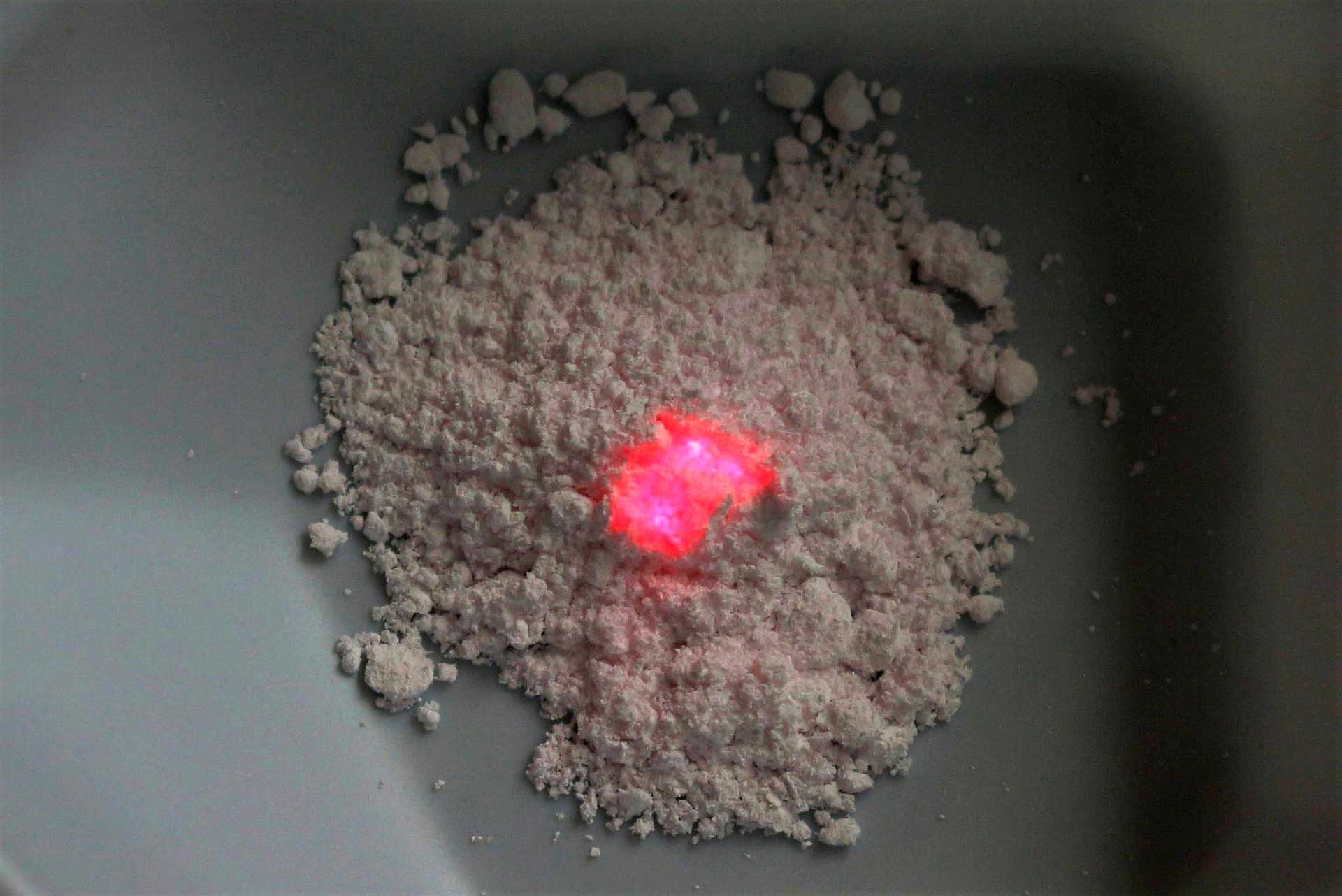
Physical and Chemical Analyses: In-Depth Material Characterization
Physical and chemical analyses are essential for understanding the chemical composition and structure of a material. These tests provide information about a material’s behavior on a molecular level and are particularly important when selecting and developing new materials.
Spectroscopy
Spectroscopy is used to analyze a material’s chemical composition by examining the interaction between light and matter. This method is used to identify impurities or determine the exact chemical structure of a material.
Microscopy
Microscopy enables materials to be analyzed down to the sub-micrometer level. Modern electron microscopes can reveal even the smallest flaws or material irregularities. This is especially important in material research, where the quality and purity of a material often determine the success of a product.
By combining spectroscopy and microscopy, companies can ensure that their materials meet the necessary requirements and deliver the desired performance.
Corrosion and Aging Tests: Simulating Material Lifespan
The resistance of materials to environmental factors such as humidity, salts, chemicals, or mechanical stress is a key factor in the longevity of products. Corrosion and aging tests simulate the real-world operating conditions of a material and help determine its lifespan accurately.
Stress Corrosion Cracking
A critical issue in many industrial applications is stress corrosion cracking, which occurs when a material is subjected to both mechanical stress and a corrosive environment. Special tests can assess a material’s susceptibility to this type of damage and help develop suitable countermeasures.
Through corrosion and aging tests, companies can accurately predict the lifespan of their products and choose the best materials for their applications.
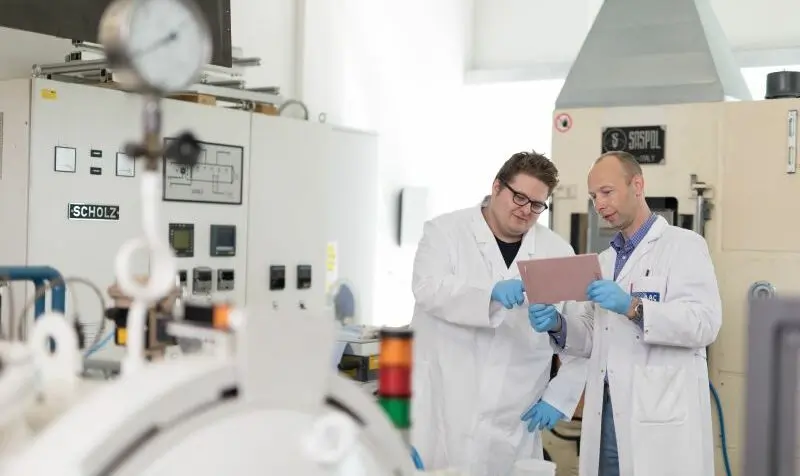
Consulting and Training: Expertise for Optimal Testing Methods
In addition to conducting the tests themselves, many laboratories and testing service providers offer comprehensive consulting and training services. This ensures that companies choose the best testing methods for their specific requirements. Training helps build internal knowledge about testing procedures and increases the efficiency of quality assurance processes.
The combination of targeted testing methods and expert consulting helps companies improve their product quality sustainably and stay competitive.
Conclusion
Material and component testing is an indispensable tool for ensuring the quality and durability of products. Mechanical tests, non-destructive testing, physical and chemical analyses, and corrosion and aging tests provide a wide range of options for testing materials for strength and resilience. By combining these testing methods and receiving expert consultation, companies can ensure their products meet current quality standards and remain reliable over the long term.

